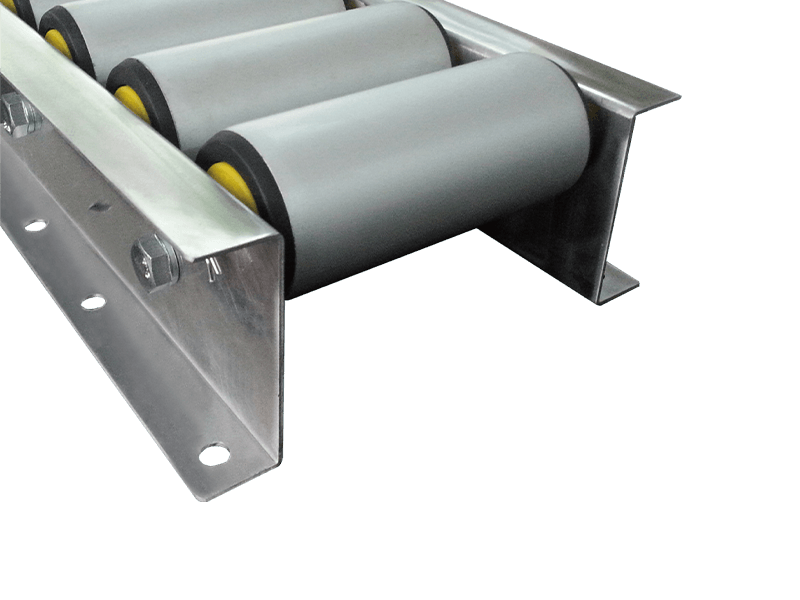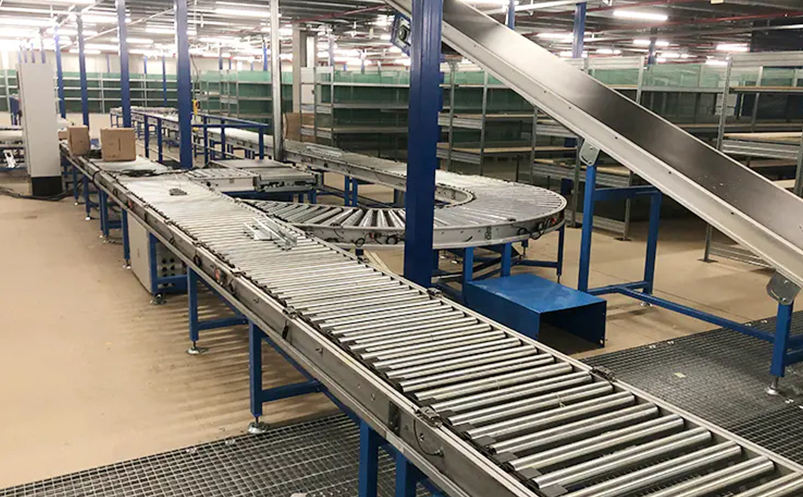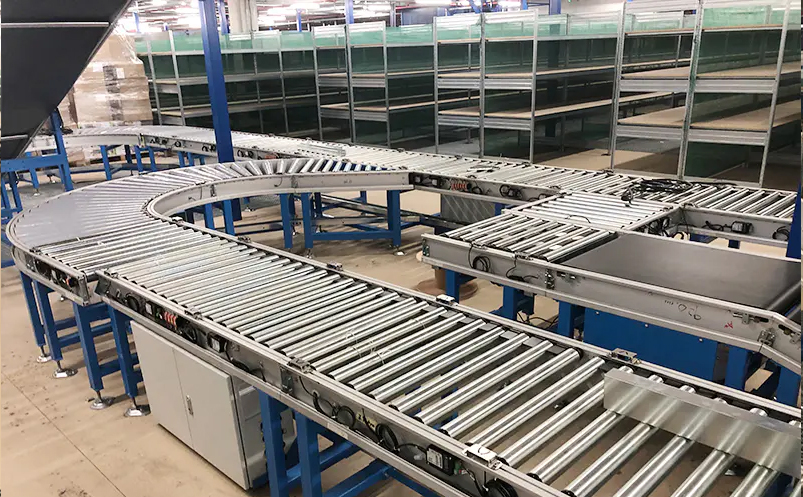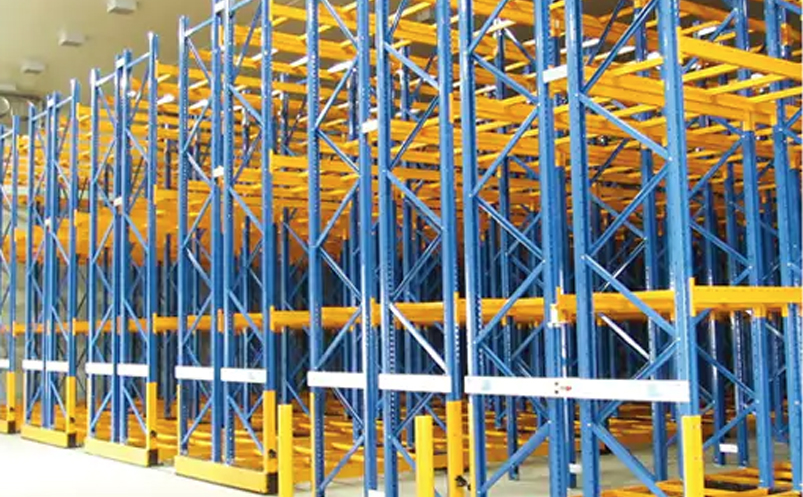A comprehensive guide to understanding, selecting, and implementing aluminum roller conveyor systems for various industrial applications
Introduction to Aluminum Roller Conveyors
Aluminum roller conveyors represent a versatile and efficient solution for material handling across numerous industries. These systems utilize cylindrical rollers mounted in frames to transport goods with minimal effort. The aluminum construction provides an exceptional strength-to-weight ratio, making these conveyors both durable and lightweight.
Modern manufacturing and distribution facilities increasingly rely on aluminum roller conveyors due to their adaptability, ease of installation, and low maintenance requirements. From small parcel handling to large component transportation, these systems streamline operations and enhance productivity.
Key Benefits of Aluminum Roller Conveyors
Aluminum roller conveyors offer several distinct advantages over alternative material handling solutions:
Lightweight Construction
Aluminum's natural properties create conveyors that are significantly lighter than steel alternatives. This reduces structural support requirements and simplifies installation and reconfiguration.
Corrosion Resistance
Aluminum naturally forms a protective oxide layer, making it highly resistant to rust and corrosion. This extends equipment lifespan, especially in challenging environments.
High Strength-to-Weight Ratio
Despite their light weight, aluminum conveyors maintain impressive load-bearing capacity, supporting substantial weights without deformation or failure.
Low Maintenance
With fewer moving parts and durable construction, aluminum roller conveyors require minimal maintenance, reducing operational downtime and maintenance costs.
Applications and Industries
Aluminum roller conveyors serve diverse functions across multiple sectors:
- Warehousing & Distribution: Package handling, sortation systems, loading docks
- Manufacturing: Assembly lines, production staging, component transfer
- E-commerce Fulfillment: Order processing, packing stations, shipping preparation
- Airport Baggage Handling: Security screening, baggage sorting, loading systems
- Food Processing: Sanitary conveying, packaging lines, inspection stations
- Automotive: Parts transportation, assembly operations, paint line handling
Technical Specifications Comparison
| Feature | Aluminum Roller Conveyors | Steel Roller Conveyors | Plastic Roller Conveyors |
| Weight Capacity | Medium to High | Very High | Low to Medium |
| Material Weight | Light | Heavy | Very Light |
| Corrosion Resistance | Excellent | Poor to Fair | Excellent |
| Cost | Moderate | High | Low to Moderate |
| Maintenance Requirements | Low | Moderate to High | Low |
| Noise Level | Low | High | Very Low |
| Customization Options | Extensive | Moderate | Limited |

Industry Usage Statistics
Selection Criteria
Choosing the right aluminum roller conveyor requires careful consideration of several factors:
- Load Requirements: Consider maximum weight, size, and distribution of items
- Environment: Temperature, humidity, and potential exposure to chemicals
- Layout & Space: Available space, conveyor path, and integration requirements
- Operation Speed: Required throughput and processing speed
- Special Requirements: Cleanroom standards, food safety regulations, or static control
- Future Expansion: Potential system modifications or capacity increases
Pros and Cons Analysis
Advantages
- Excellent corrosion resistance
- Lightweight yet durable construction
- Modular design for easy reconfiguration
- Lower maintenance requirements
- Reduced energy consumption
- Wide range of customization options
- Smooth and quiet operation
- Compatibility with automation systems
Limitations
- Lower maximum load capacity than steel
- Higher initial cost than plastic alternatives
- Potential for aluminum oxidation in certain environments
- Less impact resistance than steel
- Specialized components may have longer lead times
Installation Considerations
Proper installation is crucial for optimal performance and longevity. Key considerations include:
- Foundation: Ensure level and stable mounting surfaces
- Alignment: Precise alignment of conveyor sections prevents jams and reduces wear
- Power Requirements: Adequate power supply for motorized sections
- Safety Features: Proper installation of guards, emergency stops, and sensors
- Maintenance Access: Sufficient space for routine maintenance and cleaning
- Integration Points: Proper interfacing with other equipment and systems
Maintenance Best Practices
Regular maintenance ensures peak performance and extends equipment lifespan:
- Monthly roller rotation to distribute wear evenly
- Quarterly bearing lubrication (if applicable)
- Biannual inspection of frame alignment and structural integrity
- Annual drive system inspection for motorized conveyors
- Regular cleaning to remove debris and prevent buildup
- Immediate replacement of damaged rollers to prevent further issues
- Periodic inspection of safety devices and controls
Future Trends in Conveyor Technology
Aluminum roller conveyor systems continue to evolve with emerging technologies:
- Smart Conveyors: IoT-enabled systems with real-time monitoring and predictive maintenance
- Enhanced Modularity: Quick-connect systems for rapid reconfiguration
- Energy Recovery: Systems that capture and reuse kinetic energy
- Advanced Materials: Composite rollers and specialized coatings
- AI Integration: Intelligent routing and sortation systems
- Hybrid Systems: Combining roller conveyors with robotic automation







